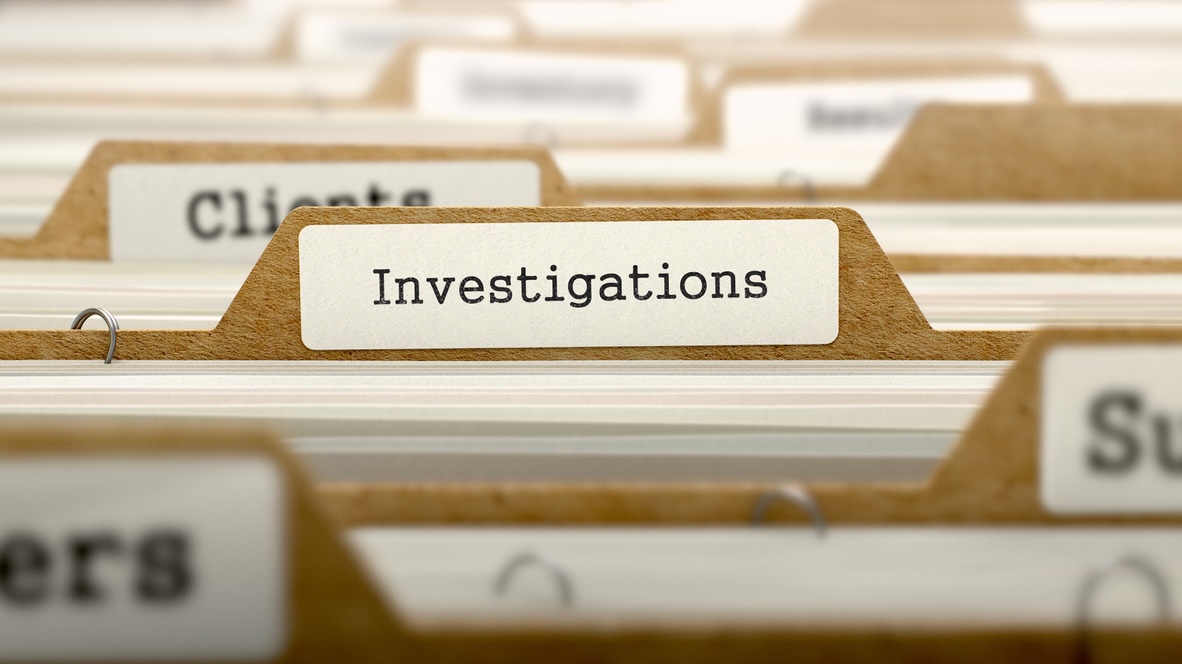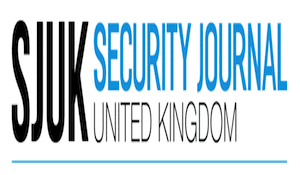An investigation is a search or examination to discover facts or truth.
It sounds like a simple task, but it is anything but at its best. The complexity of an investigation depends on the desired outcome and, to some degree, the start points.
If you attended a specialist training facility like the one I started at, New Scotland Yard’s once world-famous Detective Training School (now known as The Crime Academy), you will understand the challenges of conducting a highly professional investigation.
The start point of an investigation may appear obvious; however, for a criminal investigation conducted by a public body such as law enforcement, it is critical to understand as this impacts the disclosure rules.
Who investigates is also a critical factor, together with an understanding of the most significant factor, bias.
Bias has been one of the most consistent causes of failed investigations. One of the most common biases is the view by an investigator that they are free from bias.
The subject of bias has been subject to considerable research, with the following types recognised as some of the most common:
- Confirmation bias involves analysts and investigators relying too heavily on information consistent with their pre-existing beliefs.
- Verification bias involves analysts searching for information that aligns with their preconceived notions of the subjects and neglecting to thoroughly investigate all leads.
- Availability bias relies on readily available or more memorable data rather than considering a broader range of information.
- Unconscious bias is a decision or judgement based on previous experiences or deep-seated societal stereotypes and prejudices.
- Experience bias relies too heavily on past experiences or perceptions, viewing these as the objective truth.
- Personal bias beliefs and opinions that have been learned and affect the decision-making process.
- Halo bias involves the tendency to let one positive attribute influence the overall perception of the subject.

I can recall being involved in investigations that were directed by bias. A typical example is when a clear suspect is identified, and the investigation seeks to prove them responsible, ignoring any other potential suspects.
This type of bias is often experienced in workplace and disciplinary investigations.
The simplest method of countering bias in an investigation is to ensure that findings and decisions are based on the evidence obtained during the investigation and not on other factors. It is critical to be mindful of external influences such as media speculation, gossip, and assumptions.
This can be difficult when investigators are directed to focus on a particular individual or when asked to prove someone is responsible for an act. It would be advisable to approach an investigation with an open mind and follow the facts.
Bias can also cause the outcome of an investigation to be unpopular and even ignored.
Understanding and agreeing on the preferred outcome of an investigation is critical. If the outcome is to gather evidence to support a prosecution or litigation, the way evidence is gathered is critical. What evidence will be disclosed will have a significant impact, and a failure to disclose can cause a case to collapse. Where evidence is not obtained legally, it may become inadmissible and of no value.
Disclosure failings have caused many significant cases to collapse or verdicts to be overturned, and the function of disclosure is a specialist role.
Where there is no intention or desire to prosecute, the function of an investigation may be to gather intelligence only, and there may be no evidential requirement. This was a particular challenge I experienced when, as a police detective, I was posted to a team within the Intelligence services, which, as the name suggests, focused on gathering intelligence, not evidence. The way we collected, handled, and managed the information was distinct.
A secondary factor is how information is obtained during an investigation. If the information is illegally secured by hacking or other unlawful means, this can have significant reputational (and legal) implications. Elements of an investigation by law enforcement, such as surveillance, may require authority, whereas in the private sector, that may not be required. Search and seizure of evidence will be lawful in certain circumstances by law enforcement but illegal if conducted by a private investigation.
Equally, where there is a law enforcement investigation, a private investigation may be considered obstructive if it interferes with or makes law enforcement’s job more difficult and can cause the arrest of anyone causing such an obstruction.
I had this experience when I was a serving police officer responsible for investigating the theft of a high-value watch from a person leaving a Mayfair restaurant. The victim’s bodyguard, who had missed the theft, began conducting their own investigation and seized CCTV evidence from the restaurant they had just left. Their action compromised the police investigation, including the integrity of the CCTV evidence, and they were suitably advised to return the evidence before being arrested. The CCTV evidence remained compromised.

Interviewing is an intrinsic element of an investigation and arguably a standalone skill. Some variants include suspect, witness, vulnerable and child, intelligence, employment, therapeutic, etc.
Because interviewing is a skill, it can be taught, and good interviewers are trained. Assuming someone is a ‘natural’ interviewer is a mistake. As an aside, there is a reason why, in the real world (as opposed to on the TV), it is often more junior officers who conduct interviews. It is because they are trained and practised. Very senior police officers do not interview suspects.
Interviewing children or vulnerable people, including those who have witnessed a serious or traumatic event, requires special training. The interview is often conducted with an intermediary and visually recorded. Such interviews are referred to as ‘Achieving Best Evidence (ABE)’ interviews.
Bias is very prevalent in interviews. An interview is an investigative process. If the purpose of an interview is to obtain a ‘confession,’ then it will be flawed as the outcome is predetermined.
A further consideration when seeking to clarify and protect the source of information is to investigate the provenance of the information being shared.
It is critical to understand
- how the information became known to the source.
- who else is aware of the information?
- when were they first made aware?
- when was the last time they were aware of this?
If the source is the only person aware of a particular piece of information and shares it, it will be obvious who the source is, which may not matter but, in some circumstances, could compromise their safety or their position. In some instances, the danger of the source’s identity being known precludes the information being shared or disclosed.
Conducting a safe investigation is a specialism. Despite this, it is widely marketed and made available by employers and consultants, many of whom are ill-equipped to conduct a reliable, professional investigation.



